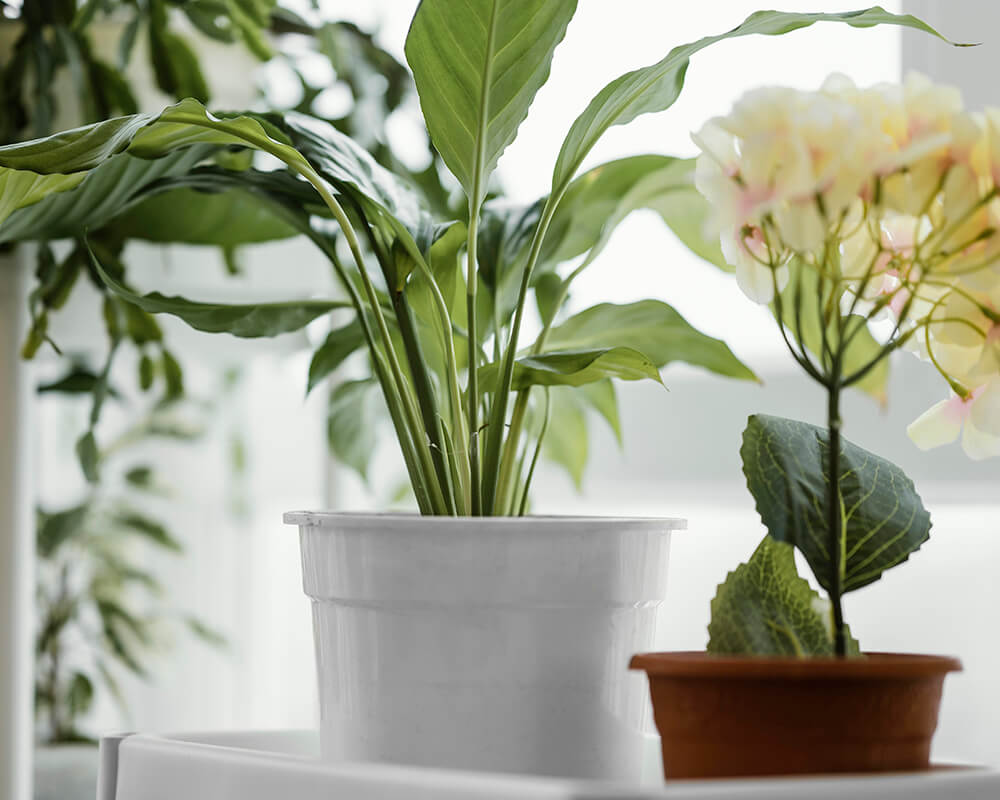If you’re welcoming a Rubber Plant (Ficus elastica) into your home, you’re in for a treat. This sturdy, glossy-leafed houseplant is a favorite for both beginners and lifelong plant parents. A common question, though, is: How much light does a Rubber Plant need? The answer might be simpler than you think, and a little knowledge goes a long way toward keeping your Ficus elastica healthy and growing.
What Are the Ideal Light Conditions for a Rubber Plant?
Ficus elastica thrives in bright, indirect light. In nature, these plants grow under the dappled light of tropical forests, so they’re used to plenty of light but not scorching sun. At home, the best place for your Rubber Plant is somewhere it can get light that’s strong, but diffused—think sunlight coming through a sheer curtain or bouncing off a wall.
How Much Sunlight Is Enough Each Day?
- 6-8 hours of bright, indirect light daily keeps a Rubber Plant happiest.
- A bit less won’t harm it, but with less than 4 hours, Ficus elastica may grow slower and have smaller, duller leaves.
- Direct sunlight for an hour or two (especially morning sun) is okay, but too much can burn the leaves.
Where Should I Put My Rubber Plant in the Room?
The exact spot makes a difference! Here are some practical tips:
1. Next to east- or north-facing windows: These windows get lots of light, but usually not the intense midday sun.
2. A few feet from a bright window: If your only choice is a south or west window (which get hot afternoon sun), back the Rubber Plant up a bit or filter the light with a curtain.
3. On a well-lit shelf or plant stand: The key is to avoid dark corners.
4. Too close to a window with strong afternoon sun: The leaves might scorch—watch for brown patches.
Does a Rubber Plant Tolerate Direct Sun or Shade?
Can Ficus elastica handle direct sun?
- A little is fine: Morning direct sun is generally gentle enough.
- Midday or afternoon direct sun: Can be harsh, leading to yellow, scorched, or crispy leaves.
Is it okay in shade?
- Temporary shade: Not a problem; the plant is adaptable.
- Long-term low light: You’ll notice slow growth, leggy stems, and smaller, paler leaves. It won’t die right away, but it won’t look its best.
How Can I Tell If My Space Is Bright Enough for a Rubber Plant?
A simple way to tell: When you stand where you want to place the Rubber Plant during mid-morning or afternoon, is there enough light to read without turning on a lamp? If yes, you likely have the bright indirect light the plant prefers.
Other easy checks:
- Look for a distinct, but soft-edged shadow on the wall or floor.
- Notice if the Rubber Plant’s leaves stay glossy and upright.
What Are the Signs of Insufficient Light?
Watch for these signals that your Rubber Plant needs more light:
- New growth appears leggy or stretched (long, bare stem with few leaves)
- Leaves lose their deep green gloss and become pale
- Falling lower leaves (though some occasional leaf loss is normal)
- The plant stops growing
If you notice these signs, try moving your Ficus elastica closer to a window or brightening up the space with a mirror or artificial light.
How Can I Mimic Natural Conditions for a Rubber Plant Indoors?
Even if you live in an apartment or don’t have big windows, you can help your Rubber Plant thrive!
Practical tips:
- Use sheer curtains if direct sun is too harsh.
- Rotate the plant every few weeks so all sides get light—this helps it grow evenly.
- If your apartment is dark, try a grow light aimed at the plant for a few hours daily.
- Clean the leaves with a damp cloth to help them “breathe” and soak up light.
In Summary: The Right Light Keeps Your Rubber Plant Happy
Your Rubber Plant (Ficus elastica) is tough, but it really shines in bright, indirect light—aim for at least 6 hours a day if possible. Place it near a lightly curtained window or on a sunny, indirect-lit shelf. Watch for warning signs like pale leaves or leggy growth, and don’t worry if you need to try a few places before finding the sweet spot. With these tips, your Ficus elastica can be its happiest, healthiest self and bring fresh, green life to your home.


